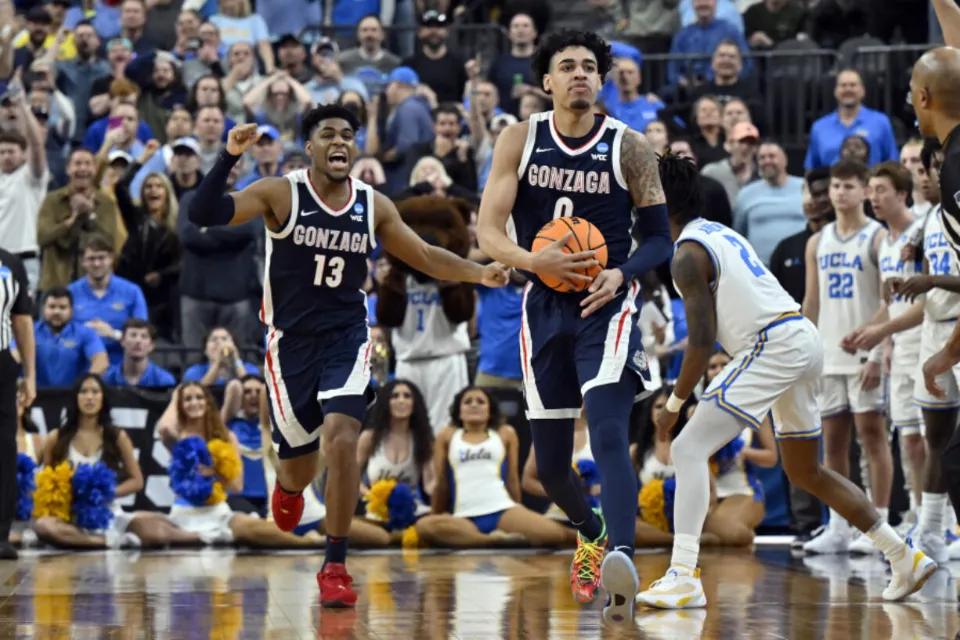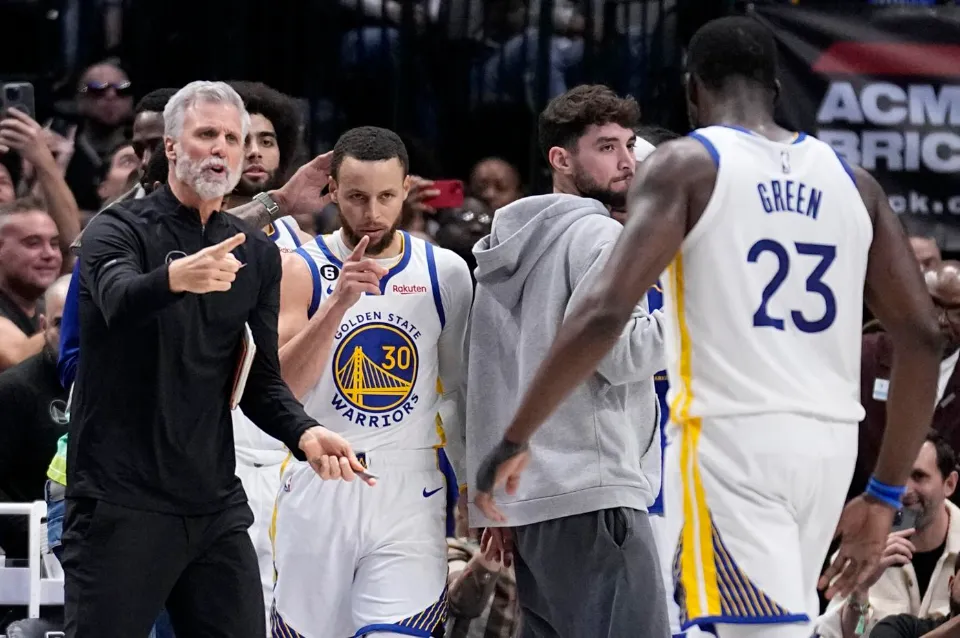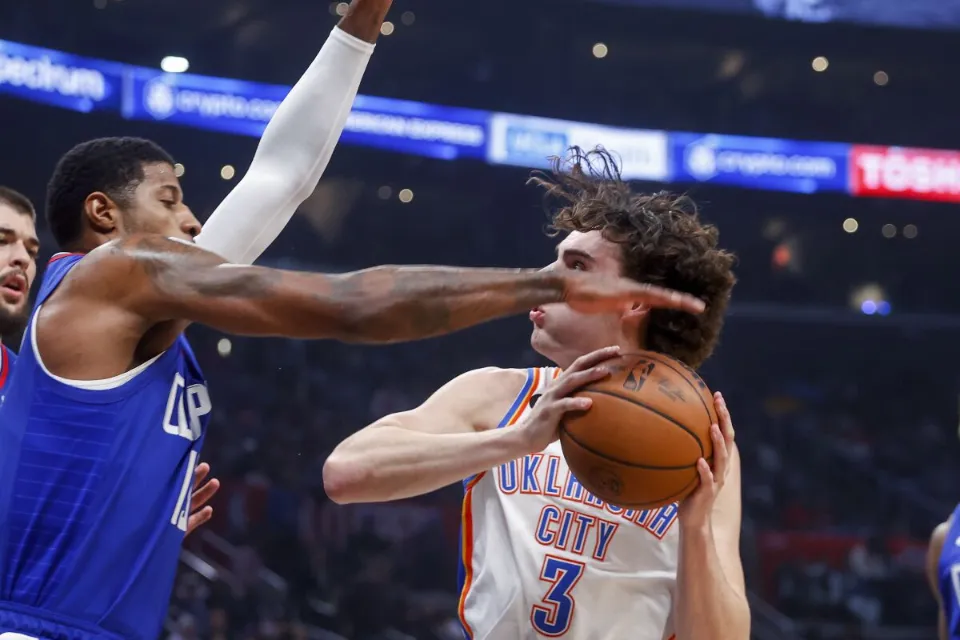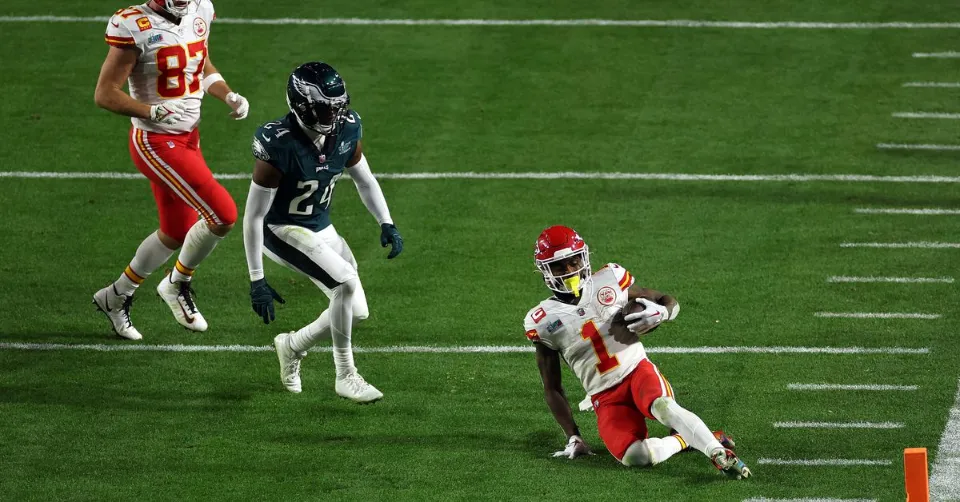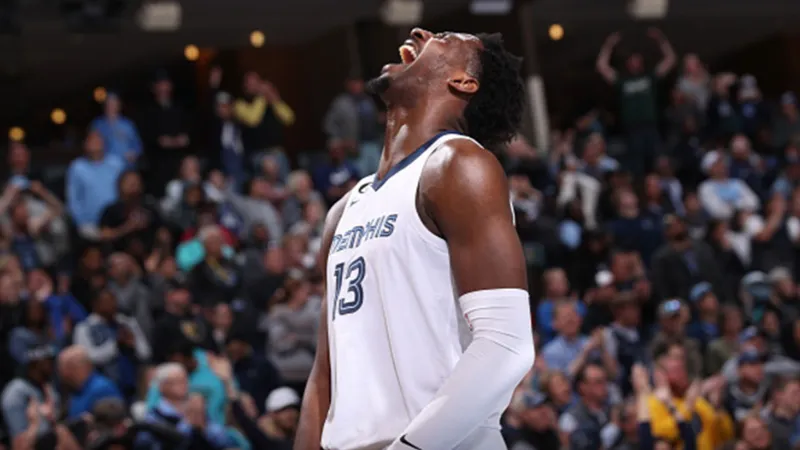Heat Putting Bam Adebayo in Drop Coverage: Trick Or Trend?
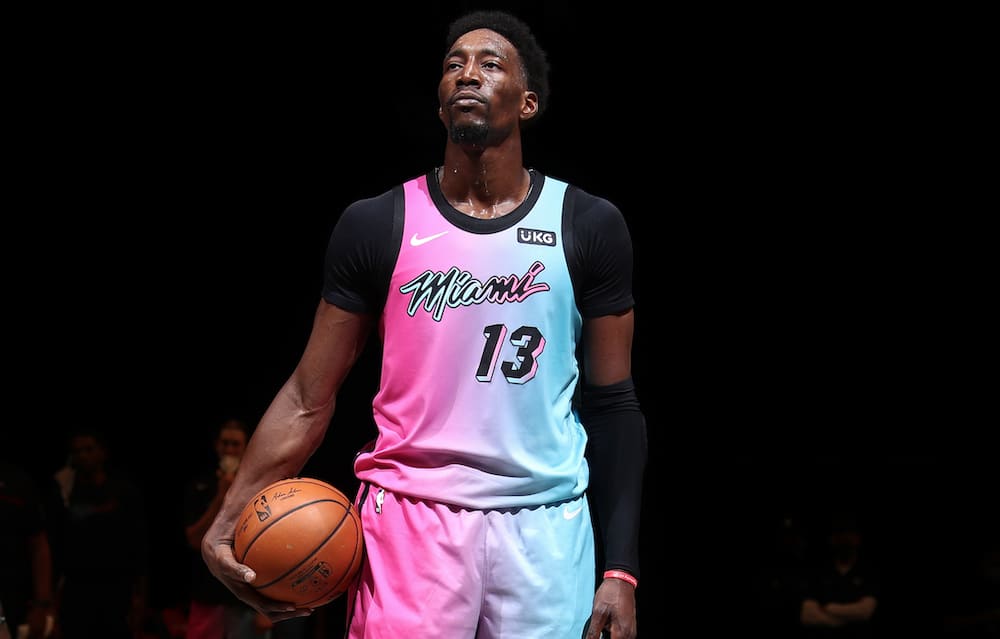
Bam Adebayo, a star player for the Miami Heat, had a big night on Monday night against the Phoenix Suns.
With 14 of his 30 points coming in the fourth quarter, Adebayo scored a season-high 30 points. In addition, he grabbed 10 rebounds, 6 of which were offensive. Being a plus-12 in a game the Heat won by one point says something about the effect he had in his 36 minutes.
Adebayo’s evening featured many high points, including many smooth transitions with the ball. This first-quarter possession early on caught my attention.
Mikal Bridges, who has been quietly having a career year, is getting yet another crucial on-ball rep. He runs a ball-screen with Deandre Ayton that required a re-screen before finishing with a pull-up middy. Look at the Miami component of the equation, though.
Adebayo, the premier switch big in the On this possession, the NBA is in a drop. Max Strus is tasked with keeping Bridges close to him; on the first screen, he succeeds, but not so much on the second. Torrey Craig is helped off by Kyle Lowry to stunt at the Bridges drive in place of Adebayo stepping up to switch onto Bridges.
Of course, the possession ends in a basket, but it’s time to look at how frequently Adebayo is defending in a drop.
Adebayo defended 15 picks in a drop on Monday night, surpassing double digits in that situation for the third game in a row, according to Second Spectrum. Adebayo has defended 53 picks in drop coverage between this game and the two contests last week against the Charlotte Hornets.
53 picks in three games does not appear to be a significant amount. It is rare for Adebayo; he hasn’t had a three-game stretch of double-digit reps since the 2020 Eastern Conference Finals Games 4 through 6 (16, 14 and 15 picks, respectively). You’d have to go back to the start of that regular season, which was between Oct. 27 and Oct. 31 — to discover a three-game stretch with more picks defended in a drop.
So far, the outcomes have been inconsistent. They’ve managed to slightly alter Miami’s adversary’s shot profile, on the one hand. Here is where the Heat stood in terms of shot rate (percentage of field goals allowed) before this three-game stretch.
- Rim: 28.6% — second-lowest rate in the NBA
- Mid-Range: 29.7% — 15th
- Total Threes: 41.7% — highest rate in the NBA
- Corner Threes: 13% — second-highest rate in the NBA
- Above the Break 3: 28.7% — fifth-highest rate in the NBA
In simpler terms — the Heat were preventing shots at the rim, but giving up a ton of shots from deep in the process. Teams weren’t getting many paint touches with dribble penetration because the Heat (read: Bam) switched so frequently. And to that point: through November, the Heat stopped 38 drives for every 100 possessions. 9, the lowest mark in the NBA.
They would frequently, however, manipulate the matchups against those switches in an effort to persuade the Heat to dispatch assistance. Successful three-pointers would appear when extra attention was given to them.
This has changed a little bit over the last three games. Here’s the opponent shot profile:
- Rim: 31.6% (+3.0)
- Mid-Range: 31.9% (+2.2)
- Total Threes: 36.5% (-5.2)
- Corner Threes: 15.2% (+2.2)
- Above the Break 3: 21.3% (-7.4)
There is a noticeable decline in three-point shooting, and only above-the-break threes are responsible for this decline. As a result, the Heat have given up more mid-range jumpers (good), as well as a different type of shot (different, needs context). The Heat are defending slightly more drives (40.2 per 100 possessions), but even if the league averaged across the entire season, that number would still place them in the top three.
Further research is necessary to understand the increase in rim and corner shots. Naturally, ball handlers will stray farther from the three-point line if you force them to do so. Those ball handlers will have more room to move around comfortably if the navigation on the screen is subpar.
The gamble the Heat are making is essentially, “You can reach the rim, but you’ll need to beat Bam Adebayo to the basket. Good luck!” You can understand that gamble with reps like these:
I do wonder if teams will start pressing Adebayo harder as this alignment progresses. In an effort to trick ball handlers into making reads, he performs a lot of his work from the ground by flashing his hands and performing stunts in their direction. This might create some opportunities for more aggressive drivers.
How much room Adebayo gives in the drop will be a more subdued subplot to follow. In general, converting threes into mid-range shots can be considered a good process. However, it’s also important to remember that not all mid-range shots are unsuccessful. You want teams to survive on long-twos; if they can feast at elbow level or slightly lower, things get more complicated.
Most guards are comfortable with these intermediate looks.
And because the Heat don’t want to give up those kind of looks, they’ve countered with digs or stunts from the perimeter. Some of those stunts are still coming from the corners, which is the problem. We can go back to the earlier Bridges shot in the piece. Watch Lowry here:
This possession against the Charlotte Hornets ends in an offensive foul, but look at Strus:
The Heat have done a good job of knowing who to support off of under Spoelstra. Aside from your flagrant non-shooters (think Matisse Thybulle), that kind of planning is typically reserved for the postseason. If they keep up the aggressive corner help they’ve used to support their switching, the Heat will have to stay in that bag.
This might simply come down to screen navigation in the end. Can the guard stable — Lowry, Gabe Vincent, Strus, Tyler Herro and Victor Oladipo (when they return) — navigate cleanly enough to not need those stunts?
The Heat may be able to have their cake and eat it too if they can. Keep Adebayo close to the rim and in the rebounding position; reduce the number of threes they’re allowing; and send help towards drivers when poor shooters are tucked in the corner so they can allow a healthier shot diet while maintaining their Heat-like pressure.
If not, they’ll probably return to moving Adebayo to the perimeter and making the best use of the back end they can.
Source: https://www.basketballnews.com/stories/nba-trick-or-trend-bam-adebayo-in-drop-coverage-defense-miami-heat-erik-spoelstra-kyle-lowry-max-strus-jimmy-butler
